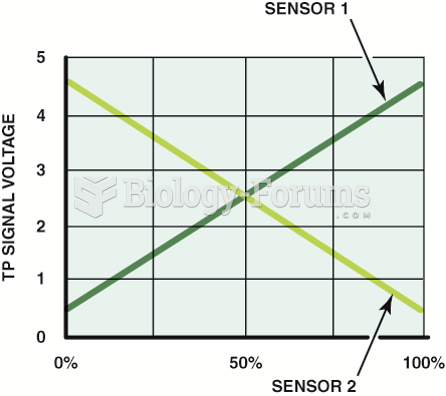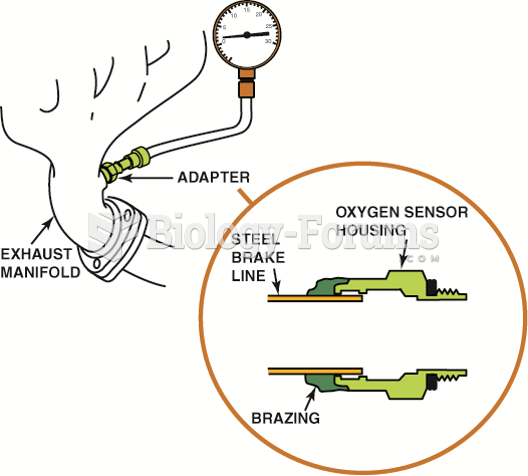|
|
|
Cytomegalovirus affects nearly the same amount of newborns every year as Down syndrome.
The ratio of hydrogen atoms to oxygen in water (H2O) is 2:1.
Carbamazepine can interfere with the results of home pregnancy tests. If you are taking carbamazepine, do not try to test for pregnancy at home.
Famous people who died from poisoning or drug overdose include, Adolf Hitler, Socrates, Juan Ponce de Leon, Marilyn Monroe, Judy Garland, and John Belushi.
An identified risk factor for osteoporosis is the intake of excessive amounts of vitamin A. Dietary intake of approximately double the recommended daily amount of vitamin A, by women, has been shown to reduce bone mineral density and increase the chances for hip fractures compared with women who consumed the recommended daily amount (or less) of vitamin A.
 In 2013, Americans learned that the federal government massively surveys their phone calls and e-mai
In 2013, Americans learned that the federal government massively surveys their phone calls and e-mai
 A Hall-effect sensor produces a digital on-off voltage signal whether it is used with a blade or a ...
A Hall-effect sensor produces a digital on-off voltage signal whether it is used with a blade or a ...





